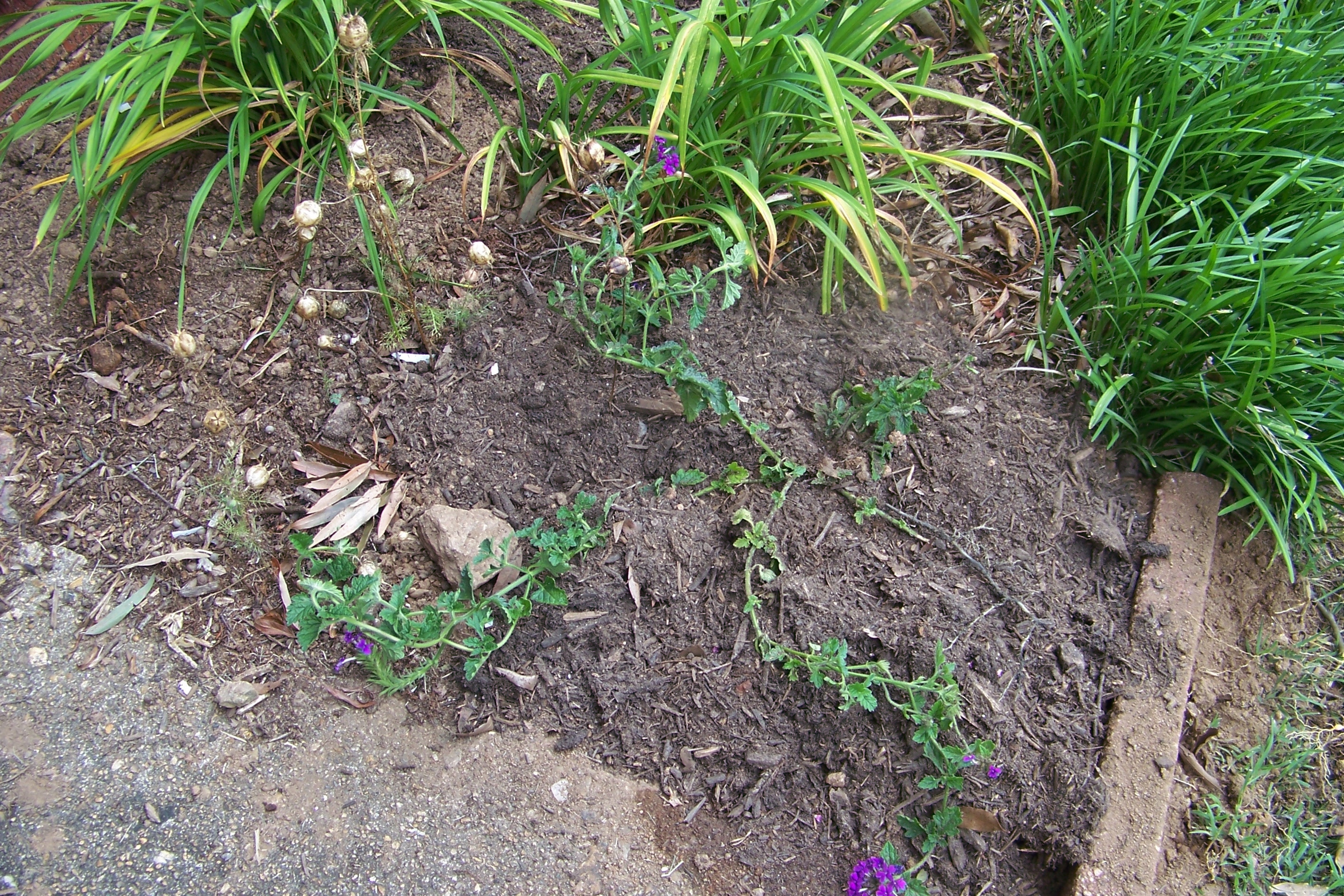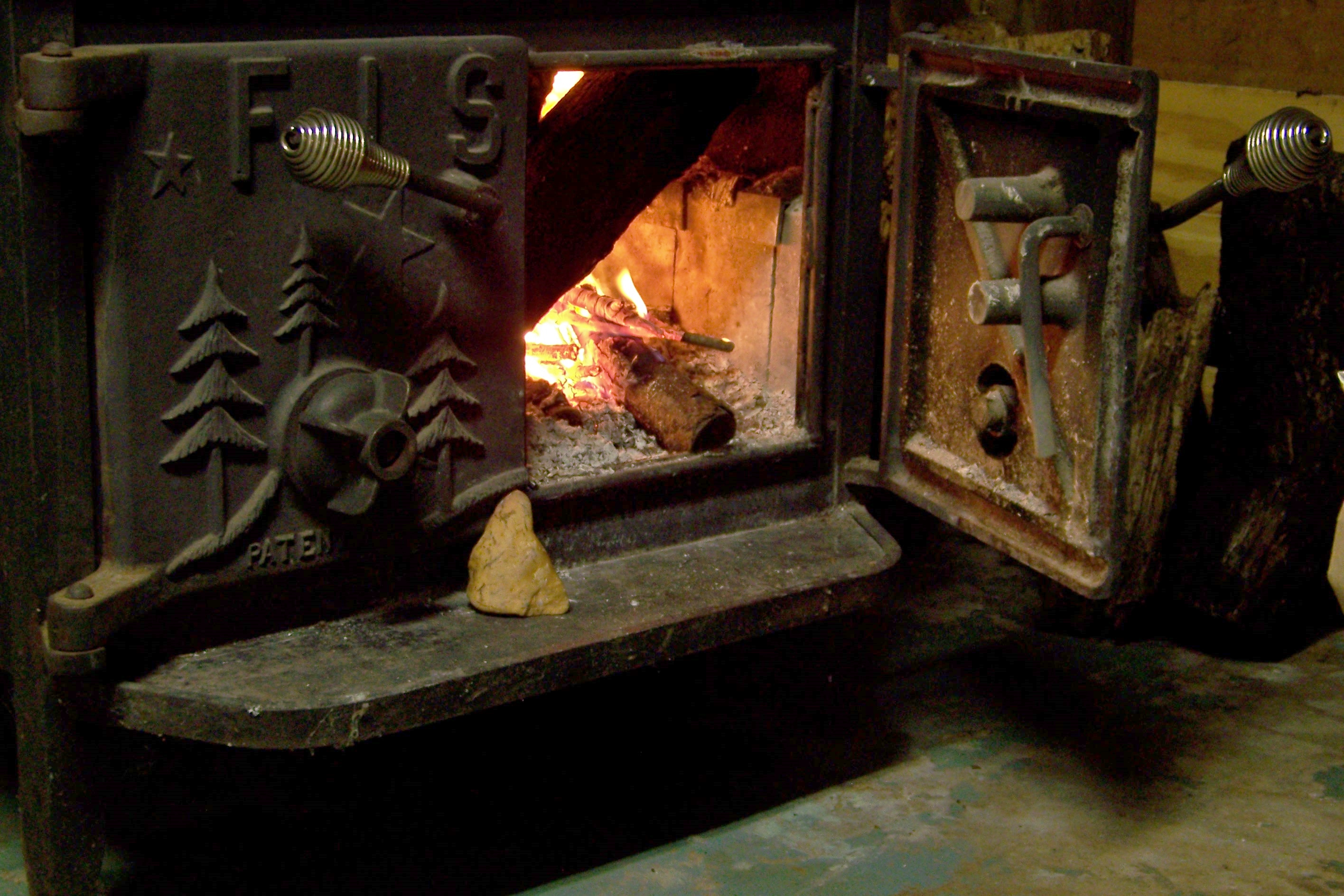My friend emphasized the word “Forte” as he described the good properties of the product. The product was Garlic Forte to be exact. Now to you or me that may seem obvious, but it must not have been to him, because when I said, “That must be loud”, by which I meant intense, he didn’t catch my drift. I explained that forte means “loud” in music, like the opposite of piano. He replied, “I never knew that.” No big deal, because it is a trivia fact if you have not been trained in music. But it set me to thinking about the real meaning of the word, its origin in music and elsewhere.
The Fortepiano was invented by an Italian chap named Cristofori in 1698. (1) I knew from my own piano training as a boy that the pianoforte, or piano as it became to be known, was so named because it struck the keys with a hammer so that it could be played loud (forte) or soft (piano) whereas its precursor, the harpsichord, plucks the strings at a more or less constant volume.
But why would an herbal product be called “Forte”? The word more generally means “strong”. And to say, for example, that “Talking is his forte”, is frequently said as “Talking is his strong suit.” So, Garlic Forte is strong or concentrated or effective or odiferous garlic. Well, I guess you could soften things down a bit and use Garlic Piano, but someone might note that you are playing a Musical Joke. (2)
- https://en.wikipedia.org/wiki/Fortepiano
- K.522 by Mozart





 ,
,












My 100 List (for now)
Posted in Cultural commentary, Family, General, Influence, Random thoughts, tagged Collaboration, Discussion, Family, Influence, Random thoughts, Ranking on December 1, 2018| Leave a Comment »
My son and I had a conversation nearly 2 months ago now about the most influential people in the world. I do not remember what precipitated the discussion, but it was not in a vacuum. When he was young our family had watched an A&E program named “The 100 Most Influential People of the Millennium”. It began with #100 and built up as they approached their #1 pick for the years 1000 to 2000 A.D. (If you want to see the list, click here. And if you are not really interested in my commentary but want to look at my list, scroll to the bottom.) After much discussion, my son suggested that we challenge the extended family, with whom we would be gathering in a little over a month for Thanksgiving, to make their own lists so we could discuss it after dinner. The A&E list is ranked and we said that each person could decide if they wanted to do that. Additionally, we purposely stated that each person should interpret what kind of influence, who was influenced, and when they were influenced, in making his/her list. I wrote these things in an e-mail to the family e-mail group, not mentioning the A&E list but admonishing participants to not confer with others so that the lists would be more varied and produce more discussion. When I saw the good-hearted discussion on the e-mail replies, I took the additional step of asking two colleagues at my work, who I knew to have different worldviews than my family, to make their lists for the purpose of contrast.
I am happy to say that the whole scheme brought about significant discussion. It was interesting to watch the phases of interaction. After a brief explanation on my part as to how the challenge had occurred, with inclusion of the A&E list, family members began comparing who was on most lists. Next there was a discussion of the rationale behind various member’s lists (more about that in a moment). Then we progressed into names we supposed to be possibly unique to our own lists, asking others if they included them, and if not, why not. It occurred to me that in order to make a really good list you would need a plethora of perspectives. I made the mistake of mentioning that this procedure would work best in a committee. There were some of the strongest opinions about the pitfalls of committees, like slow and argumentative, but they also have the advantage of collaboration and consensus. Since the whole of this blog entry is commentary, I would also add that collaboration is an overused buzz-word and politically correct requirement of public interaction these days. Frequently, isolated, deep contemplation, followed by sharing is more efficient and brings better results, but woe be unto the educational ‘facilitator’ who broaches that perspective.
The rationales for selecting candidates for the 100 lists varied with as many people as participated. My oldest son, who completed his list mostly in his head while working, stated that he did not know enough about the East and confined his list to people who influenced Western Culture. He also said that most lists would not sufficiently include the influence of Christians for now and eternity, so his list is heavy (not meant to imply too heavy necessarily) on Christians. He also said that he had trouble limiting his list to 100 people so his first list had 211. Actually it had more than that because in certain listings he put multiple names, for example the founding fathers of the U.S. His brother added accomplishments onto his list, persuaded him to reduce his list to 200, but then added 25 he thought his brother had left out. It was a collaboration within the individual lists.
I also found mulitple listing unavoidable on some subjects so that I have Watson and Crick for DNA, and Wilbur and Orville for the airplane. But I opted to try to find one revolutionary idea or execution of an idea as representative of a thought or influence, for example, Philo Farnsworth invented the scanning television. His was not the very first or the exact one that number in the millions by the time I was a child, but he broke ground toward a practical, modern TV. I also tried to include significant people from the East. I too am largely ignorant of the East, but I think that it helps tremendously that we were limited to 1000 to 2000 A.D., because many of the formative, significant names in the East are more ancient. For all of this, it is curious that we chose to emphasize what affected our culture, our time, and ourselves the most. Compared to the A&E list, I think we were more far-reaching and inclusive than they were. Some of their picks were simply politically correct, narrowly influencing idealogues and icons of cultural fad. It is good to realize that you are being narrowly focussed on what surrounds you, but be more inclusive tends to adding people that were not really influential, just an influence on some small group you don’t want to leave out.
The chore of ranking these people was the hardest part, and I gave up after #31, because it began to seem ridiculous to me. The whole exercise of ranking may be equally so. I did find it much easier to rank within groupings of types of influencers, for example, spiritual, inventors, scientists, leaders and politicians, literature and the arts, and philosophers. And this is the list I have included below.
I found the whole process stretching, challenging, and enjoyable, with the discussion with family particularly so. If you have a few minutes, peruse my list and give some feedback on why you think certain people should or should not be on my list. Happy listing.
Leon’s Most Influential People of the 1000-2000 AD (ranked within Groupings)
Spiritual Leaders
Inventors
Scientists
Government/Political Leaders
Explorers
Literature, Music and the Arts
Philosophers
Read Full Post »